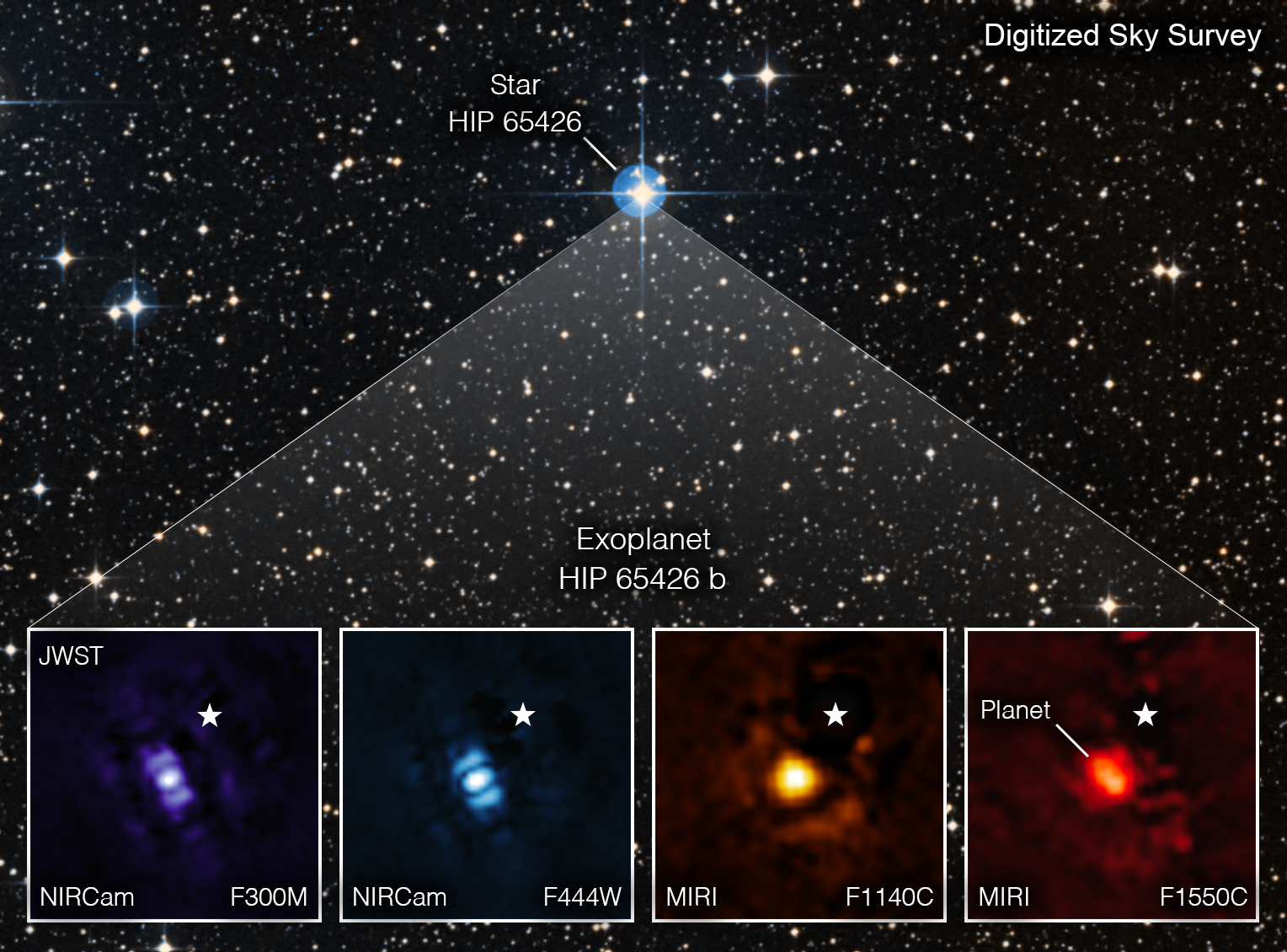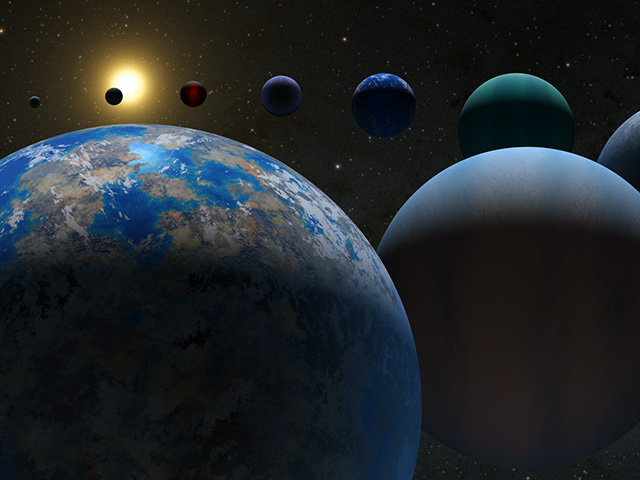Since the first confirmation of an exoplanet orbiting a Sun-like star in 1995, and with only a small sampling of our Milky Way galaxy so far surveyed, we’ve already struck many rich veins.
A statistical estimate based on data from NASA’s Kepler Space Telescope revealed that there are more planets than stars in our galaxy. That means there are more than a trillion planets in our galaxy alone, many of them in Earth’s size range.
“Right now we know, for the first time, that small planets are very common,” said Sara Seager, a professor at the Massachusetts Institute of Technology and an exoplanet research pioneer. “It’s phenomenal. We had no way to know that before Kepler. We’ll just say, colloquially: They’re everywhere.”

Radial Velocity: Reading the Wobble
The planet discovered in 1995 was a hot, star-hugging gas giant believed to be about half the size of Jupiter. It tugged so hard on its parent star as it raced around in a four-day orbit that the star’s wobbling was obvious to earthly telescopes – once astronomers knew what to look for.
Finding this fast-moving gas giant, known as 51 Pegasi b, kicked off what might be called the “classical” period of planet hunting. The early technique of tracking wobbling stars revealed one planet after another, many of them large “hot Jupiters” with tight, blistering orbits.
The wobble method measures changes in a star’s “radial velocity.” The wavelengths of starlight are alternately squeezed and stretched as a star moves slightly closer, then slightly farther away from us. Those gyrations are caused by gravitational tugs, this way and that, from orbiting planets.
Transits: Planets Found in Dips in Light
The Kepler Space Telescope (2009-2018) ushered in what we could call the “modern” era of planet hunting. Kepler settled into an Earth-trailing orbit, then fixed its gaze on a small patch of sky. It stared at that patch for four years.
Within that small patch were 150,000 stars. Kepler was waiting to catch tiny dips in the amount of light coming from individual stars, caused by planets crossing in front of them. This is called “transit method.” Once detected, the planet's orbital size can be calculated from the period (how long it takes the planet to circle once around the star) and the mass of the star.
NASA’s Transiting Exoplanet Survey Satellite, launched in 2018, employs the same technique (it’s in the name, afterall) to survey whole swaths of our sky. Space telescopes like Spitzer and Hubble have been used to discover exoplanets and reveal more information about what they’re like. From mass characterizations to elements in atmospheres to planetary weather maps.
Transit Spectroscopy: Reading the Light
Our eyes in space will grow sharper, begin to scrutinize the atmospheres of extremely distant planets, and even capture direct images of some of these worlds – perhaps another small, rocky, blue and white marble.
Once light is captured, it can be probed to reveal the composition of exoplanet atmospheres. Think of a prism: shine white light through it, and it splits the light into a rainbow spectrum. Scientists can read the color bands of this spectrum like a bar code, revealing which molecules are present.
Space Telescope Science Institute
It's a technique known as "transit spectroscopy," when light from a star travels through the atmosphere of an orbiting planet and reaches our telescopes – in space or on the ground – and tells about where it's been.
The Hubble Space Telescope has detected helium and water vapor in exoplanet atmospheres using spectroscopy; more detailed profiles of exoplanet atmospheres are coming from the James Webb Space Telescope , launched in 2021
Gravitational Microlensing
Another planet-hunting method takes advantage of an effect first described by Einstein: gravity's ability to warp and bend starlight. The gravity of a star in the foreground will magnify the light from a background star that passes just behind it. If the foreground star has a planet in orbit, the star will appear to a properly positioned telescope as a spike in light intensity as the background star goes by; the planet will appear as a second, smaller spike. NASA’s future Nancy Grace Roman Space Telescope will employ this technique, currently used by ground telescopes, to discover exoplanets.
The Rise of Direct Imaging
The single pixels of light captured directly from exoplanets won't be enough to reveal surface features. But they will provide the next best thing: profiles of exoplanet atmospheres, and perhaps evidence of gases suggesting the presence of life.

So far, such "direct images" of exoplanets have been mainly confined to giant planets still so hot from their fresh creation that they remain self-luminous.
One of the most striking is a movie of four exoplanets in orbit around the star HR 8799, created by astronomers using images from Hawaii's Keck Observatory.
The next generation of space telescopes would seek direct images of exoplanets using technology that is now under development: the coronagraph. The Nancy Grace Roman Space Telescope, set to launch in 2027, will test a coronagraph in space as a technology demonstration.
Coronagraph
The coronagraph is meant to dim the overwhelming glare of stars to reveal the planets in orbit around them. And it all takes place inside the telescope: a system of masks, prisms and detectors that combine to suppress the starlight. It includes self-flexing mirrors, with thousands of tiny, piston-like actuators that flex in real time as the telescope captures light that has traveled tens of light years from an exoplanet. These "deformable mirrors" compensate for subtle flaws in telescope optics to squelch starlight and make the planet's light clearer.
NASA's Goddard Space Flight Center
Starshade
Another starlight-snuffing technology is called the starshade. This sunflower-shaped spacecraft, the size of a baseball diamond, would unfold like origami. Parked far from a space telescope, its distinctive shape would block starlight and tamp down any stray light that might otherwise leak around the edges.
NASA scientists are working to refine the starshade design so it could be considered for a possible future mission.
NASA/JPL-Caltech


































